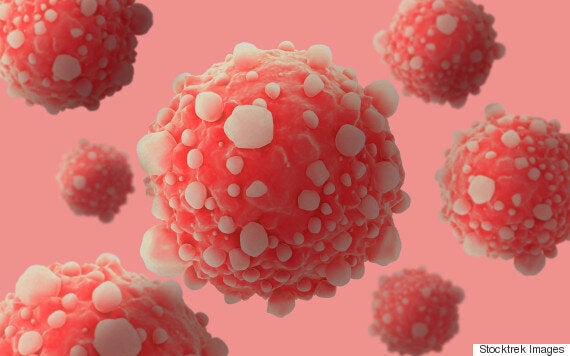US researchers have made an incredible discovery about the process of cell division that has moved medicine closer to finding a cure for cancer.
In a paper published by Nature Cell Biology, the Mayo Clinic in Minnesota said the key to switching off cancerous cells lies with a small molecule known as miRNA, which effectively works like a red traffic light.

Its main function is to enable cells form a type of protein, PLEKHA7, that sends a message to stop cell division -- a perfectly normal process that becomes dangerous and forms tumours in the absence of a miRNA stop sign.
SEE ALSO:
So far, doctors have found it hard to target cancerous growths in the body as the only factor differentiating 'normal' cells from cancerous ones is the fast growth rate of the latter.
According to the researchers, when cells touch each other in the body they form pathways that somehow allows miRNA to shut down the division process.
By artificially injecting a red traffic light molecule into tumours, scientists were able to feed the cells with enough PLEKHA7 to stop cell division.
While the breakthrough provides a useful window into how tumours form, scientists warn that it could be a long time before we see the research translate into clinical treatment.
Henry Scowcroft, Cancer Research UK's senior science information manager, told The Telegraph: "There's a long way to go before we know whether these findings, in cells grown in a laboratory, will help treat people with cancer.
"But it's a significant step forward in understanding how certain cells in our body know when to grow, and when to stop.
"Understanding these key concepts is crucial to help continue the encouraging progress against cancer we've seen in recent years."